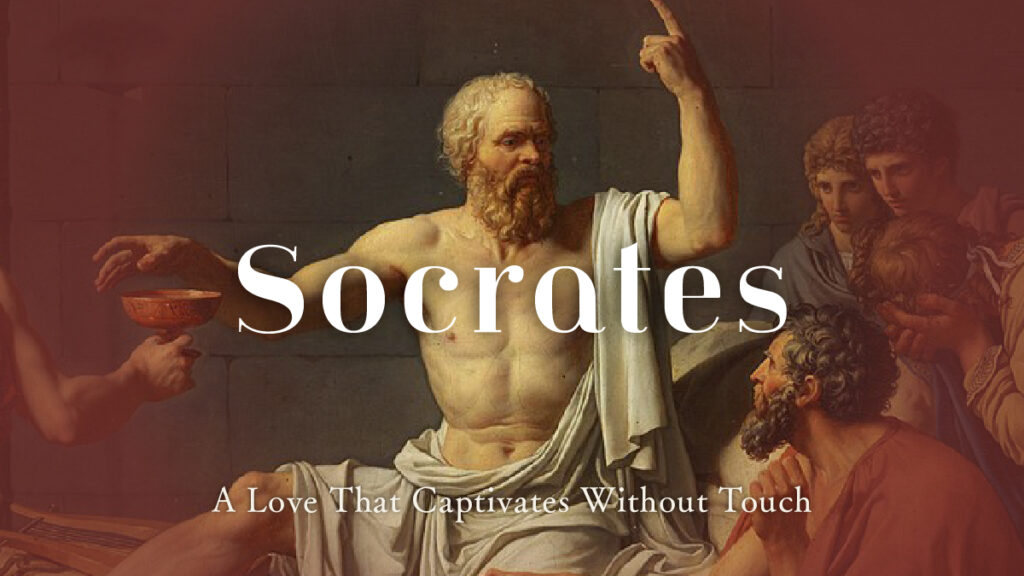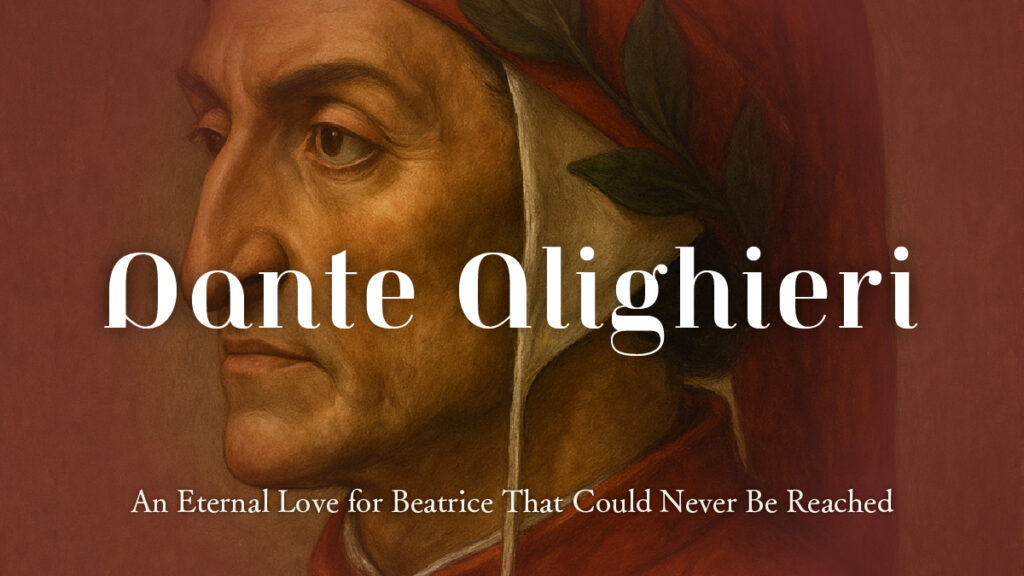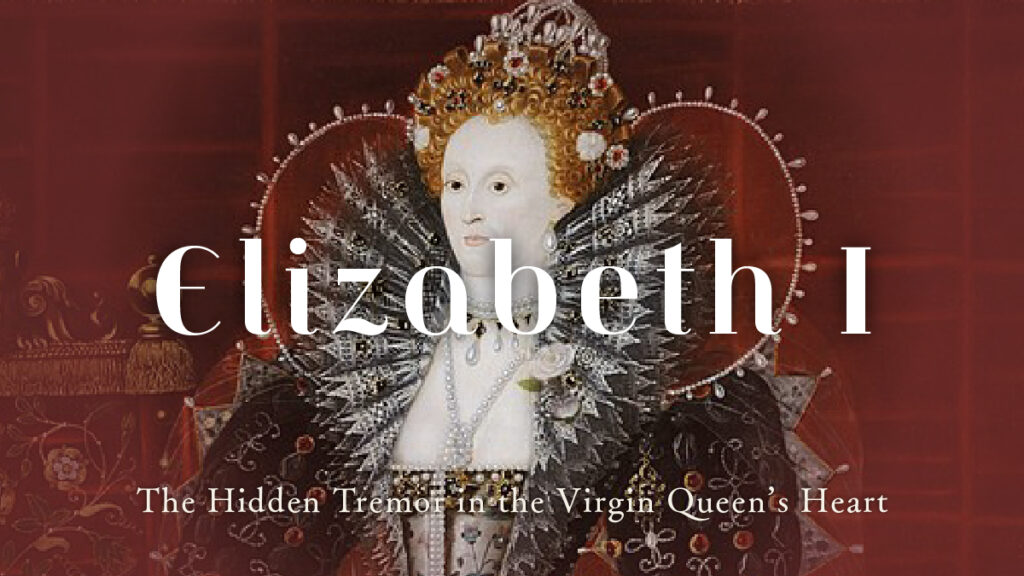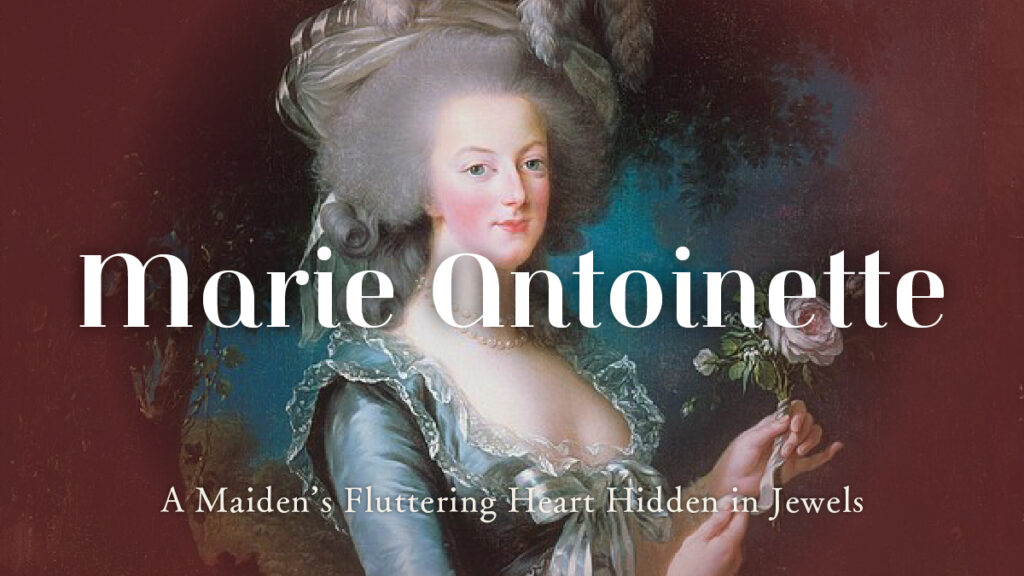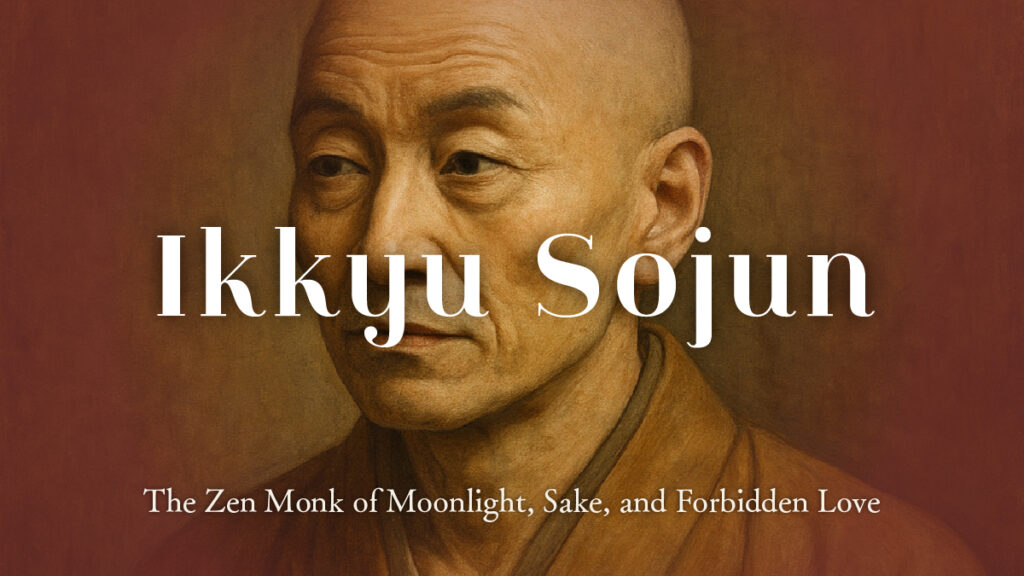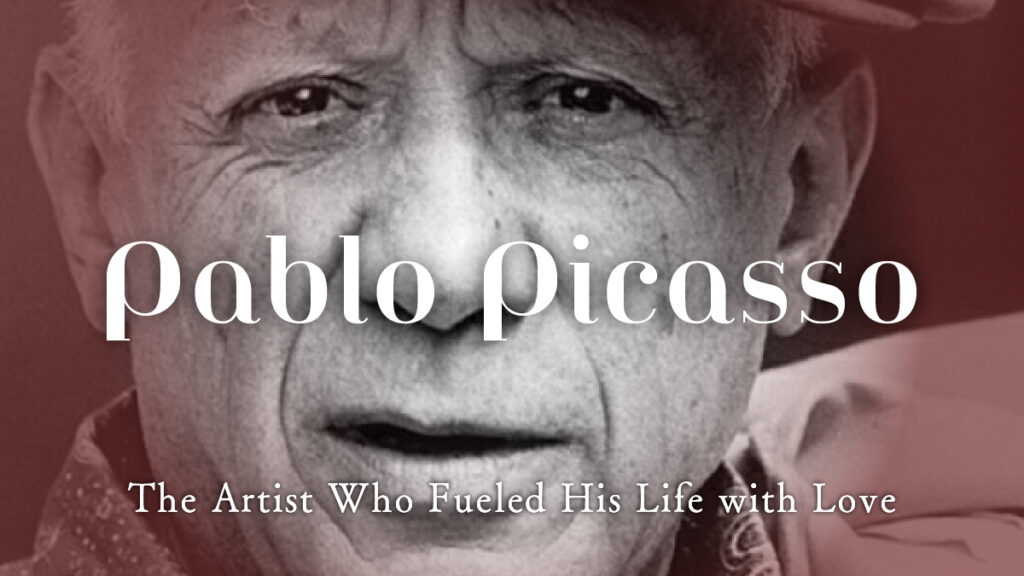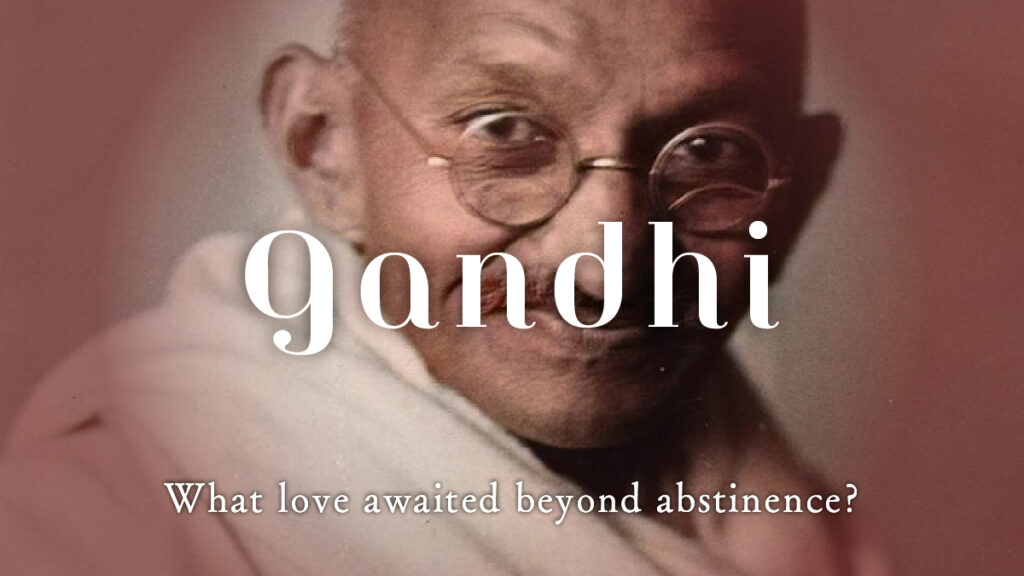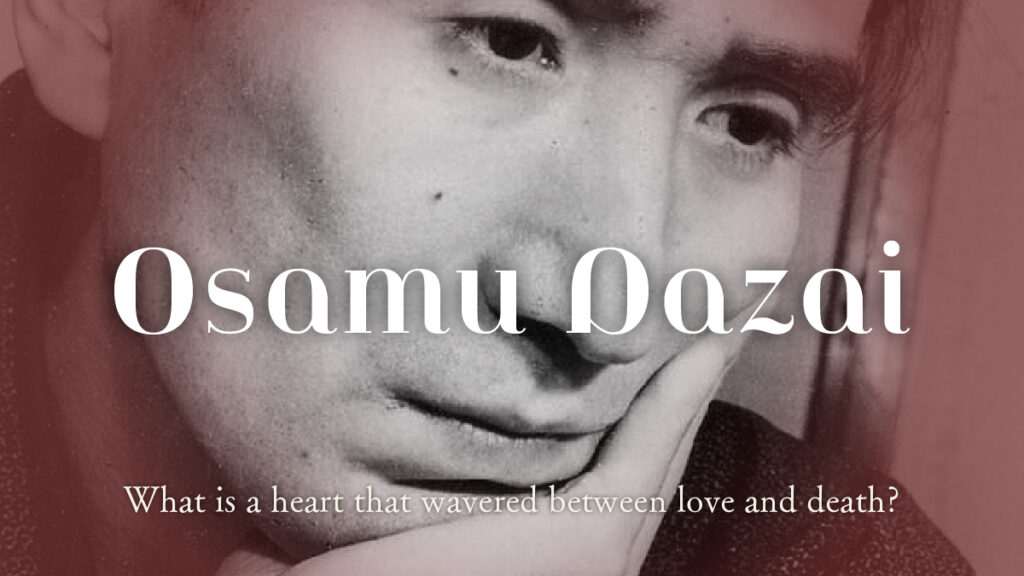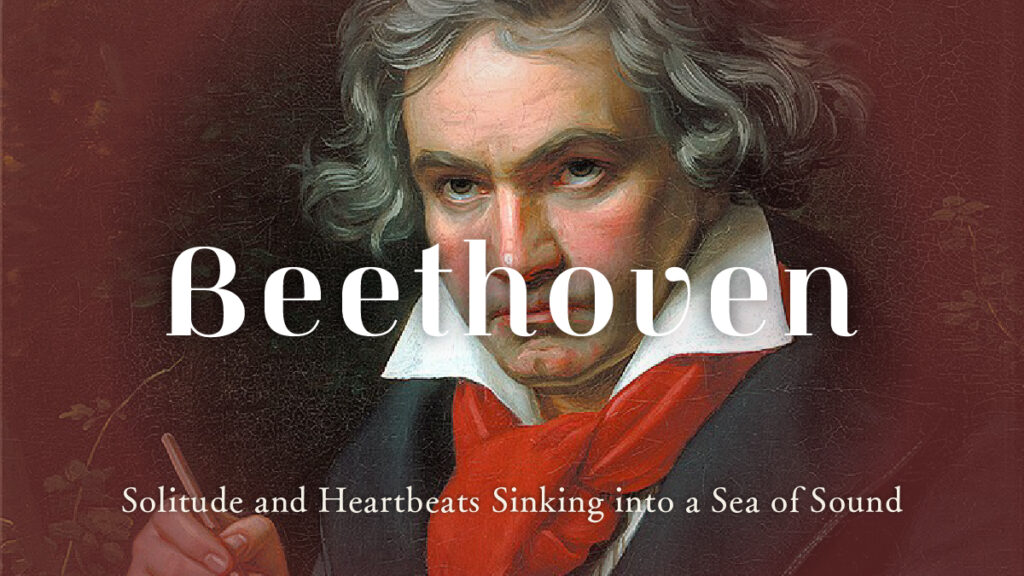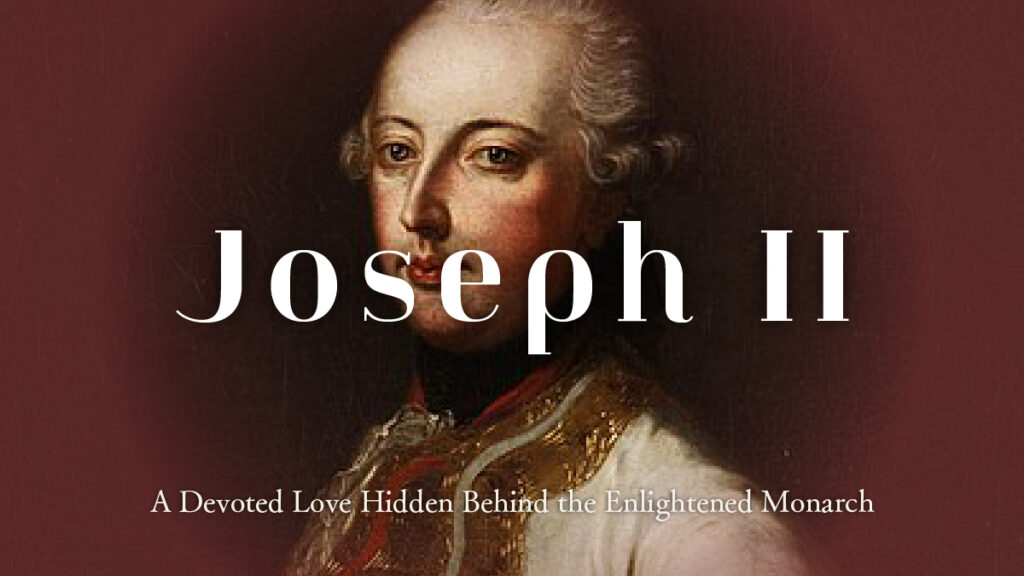Louis XIV’s View of Love|What Desire Burned Beneath the Sun King’s Reign?
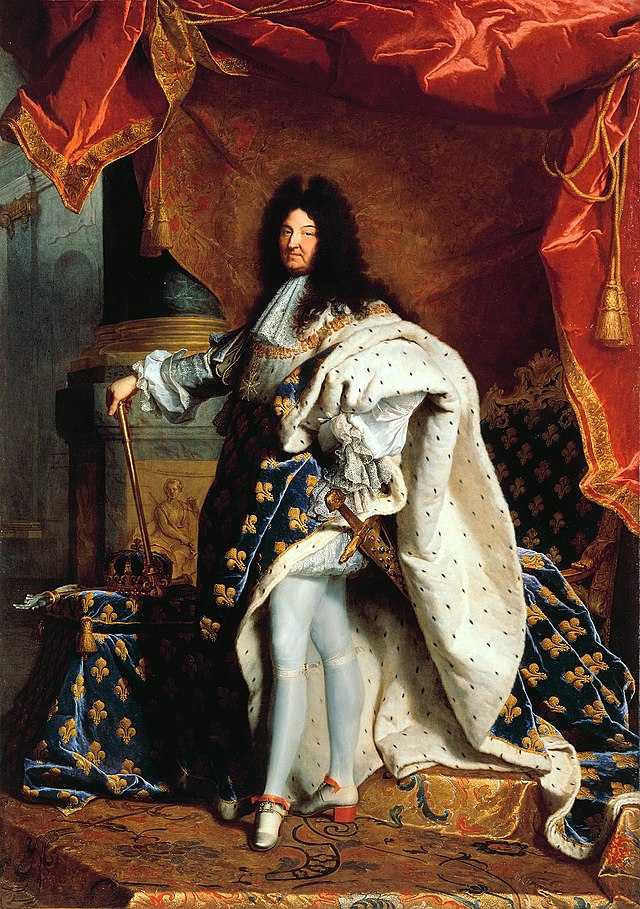
Did the sun continue to shine even through the night?
King Louis XIV of France — the man known as the Sun King — illuminated the skies of seventeenth-century Europe with dazzling brilliance.
He ascended the throne at the age of four, seized power at twenty-two, and ruled France for seventy-two years.
He built the Palace of Versailles, and within its walls, he held both art and authority in the palm of his hand.
Yet behind that blinding light lay a man of passion and profound solitude.
For him, love was both a political instrument and a form of salvation.
Trace the names of the women he loved, and you will see the map of an entire era take shape.
—In this article, we turn the light toward Louis XIV’s view of love,
following the inner journey of a king torn between power and desire.
The Budding of Love and a Young King’s Fluttering Heart
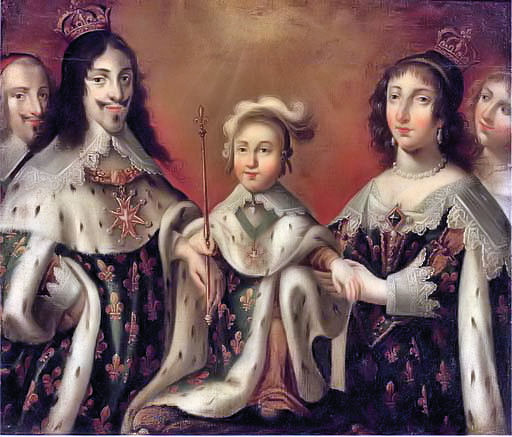
The loneliness of a “born king”
Born to Queen Anne of Austria and King Louis XIII after years of waiting, the infant prince was celebrated across France. But the royal household was emotionally barren.
Louis XIII was cold and distant, barely showing affection toward his son. With a strained relationship between his parents, young Louis XIV was essentially raised in a mother-son household. From early on, he lived with the contradiction of being both isolated and constantly observed—an experience unique to a prince.
Perhaps for him, “trusting someone” was already a blurred concept.
Childhood days and forbidden love
His mother, a devout Catholic, instilled a pure faith in him. But the heart of the growing boy was stirred by a different kind of love.
At fifteen, Louis became infatuated with a court lady, Madame de La Motte, who came from a devout family with ties to the convent. She was in her twenties, quiet and dignified, serving as a lady-in-waiting to the queen.
More than a teenage crush, it may have been the first true flutter of romantic emotion for the young king. Madame de La Motte, too, is said to have looked upon him with special regard.
But their tender exchange sparked the anger of Queen Anne.
To be involved with a woman from a religious family was unthinkable, and the two were swiftly separated.
It was a forbidden affair—but a fire had undeniably been lit in the boy’s heart.
Between the Crown and Tears
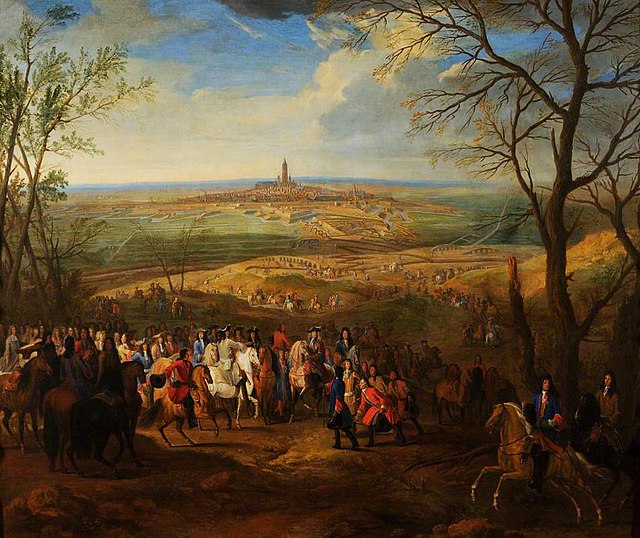
A first love that bloomed in Versailles
The young Louis’s first “true love” was Marie Mancini.
They met in 1647, when Marie—one of Cardinal Mazarin’s nieces brought from Italy—arrived at the French court.
Still in her late teens, she had intelligent eyes, graceful poise, and quick wit that captured the court’s attention. She approached the sixteen-year-old king without political motive, but with honest emotion. She neither flattered him nor held back her opinions—something that startled and charmed him.
With her, he could be not “the king,” but simply “Louis.”
They talked every day, exchanged poems, read books together, and enjoyed quiet walks in the corners of the palace. It’s said he valued his time with her more than affairs of state.
But soon, shadows crept in.
To mend relations between France and Spain, a political marriage was arranged. Louis was strongly urged to marry a Spanish princess. Marie became a political obstacle—even Cardinal Mazarin expressed reluctance over their relationship.
Eventually, Marie was sent away and forced into marriage with another nobleman. Louis protested vehemently but had no choice but to uphold his role as king.
On the morning of their farewell, it’s said he tearfully told her:
“I want to make you happy. But I cannot cease being the King of France.”
Through this love, Louis came to understand a bitter truth: as king, he could never be free to love.
From that point on, his relationships would waver between politics, the physical, and vanity.
A Gift from Spain
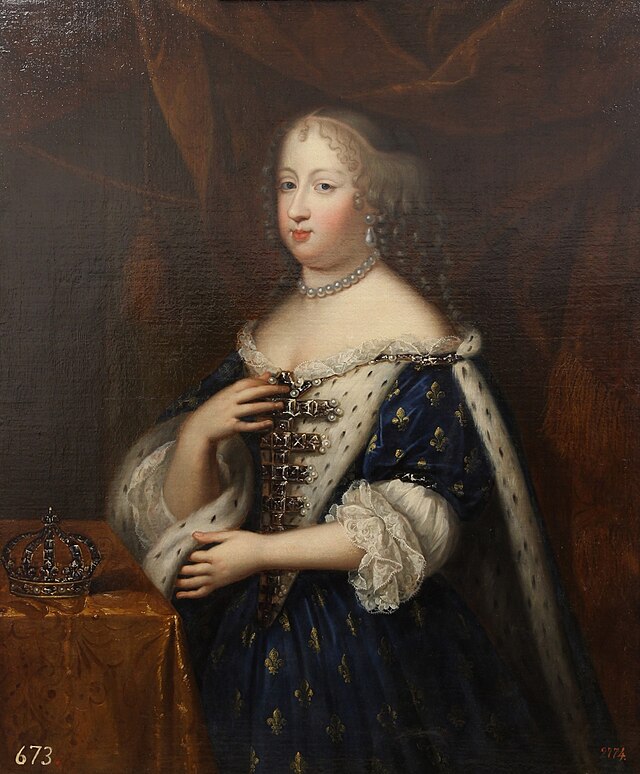
A marriage of politics
Louis’s bride was the Spanish princess Maria Theresa of Austria. He was 22, and she was 20.
Their marriage was a political arrangement meant to symbolize peace between France and Spain. Maria Theresa was devout, gentle, and sincerely loved Louis—but he never truly opened his heart to her.
Their life together was governed by formality and duty. For Louis, his wife was a “contract with the nation,” not a woman to love. Even their wedding night was recorded with clinical precision, like a financial report.
Still, the queen never reproached him. She prayed, quietly watching over her husband.
One courtier wrote, “Her love was a silence named devotion.”
Though she bore six children, Maria Theresa lived her life largely ignored by the king. Even when they lost their eldest son, she grieved alone, finding solace only in prayer.
Her inability to win Louis’s heart wasn’t simply due to a lack of passion.
She struggled to adapt to French customs and language, and her modest, pious demeanor was often mocked as “dull” in the dazzling Versailles court.
Yet, perhaps the one who understood her best was Louis himself—toward the end of his life. After her death, he is said to have murmured:
“She was the only woman who truly loved me.”
Those words speak of love’s true value—and the pain of realizing it too late.
Glamorous Mistresses: Butterflies of the Court
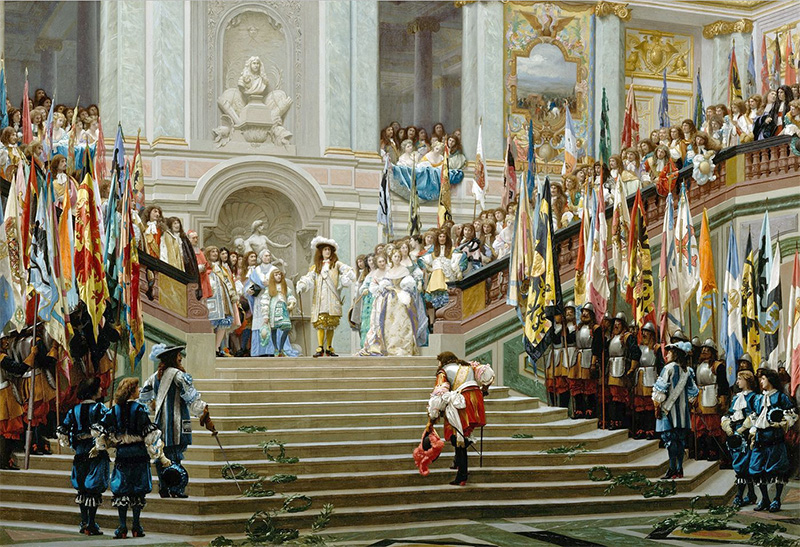
Was love also part of a king’s duty?
In 17th-century France, it was common for kings to have official mistresses. These women weren’t merely lovers—they were cultural and political influencers.
The queen was a symbolic partner, a diplomatic tool. Louis saw her as a distant ceremonial figure, not someone to share his soul with.
So, he sought emotional comfort elsewhere. His official mistresses fulfilled his need for passion and peace.
The court: a silent battleground
At Versailles, it’s rumored that a secret “bedchamber schedule” dictated who would spend the night with the king.
Whispers would circle: whose name would be called? The chosen woman was escorted into a chamber perfumed and glowing. The others faded into the background.
Smiles, sighs, envy, silence—Versailles was a stage for erotic theater.
Women wielded perfume and embroidered gowns like weapons, waging nightly battles in the name of love.
These weren’t merely affairs; being chosen by the king meant power and prestige.
The clash of victorious smiles and defeated glances formed a quiet but potent ritual of desire at court.
Madame de Montespan — Woman of Desire Incarnate
True “love” lived outside of marriage.
No one embodied this more than Madame de Montespan—Françoise-Athénaïs de Rochechouart.
Bold, brilliant, and unmatched in beauty, she captivated both Louis’s intellect and desires.
Their relationship became an open secret at Versailles. Their clandestine meetings in her lavish quarters inspired poets and painters alike.
She was more than a mistress—she influenced culture, whispered into the king’s ear, and bore him seven children.
These children were later legitimized and raised with royal status. They were proof of love, but also extensions of Louis’s political influence.
He sent her scented letters, sometimes soaked in jasmine perfume:
“Each night, when I remember your eyes, sleep escapes me.”
Countless courtiers rose in rank through her favor. She was the embodiment of “love” merged with power.
But that love didn’t last forever.
Rumors of her involvement in black magic and poison plots surfaced, and Louis gradually distanced himself from her.
What began in passion ended in retreat—in the name of faith and royal dignity.
Madame de Maintenon — A Quiet Love in Prayer
In his later years, Louis’s heart turned to Françoise d’Aubigné—later known as Madame de Maintenon.
She entered his life in 1669, when she was 34 and he was 31.
Originally hired to care for the illegitimate children Louis had with Madame de Montespan, she was neither youthful nor glamorous. But she possessed a rare “quietness” not found in either queens or mistresses.
She loved books and prayer. Her life of past poverty made her presence in court unique, but also comforting to Louis.
In time, she became his confidante—and then his soul’s companion.
It’s said they were secretly married. While Louis never officially confirmed it, he kept her at his side for life, always heeding her counsel.
Their bond was one of souls, not bodies. It wasn’t fiery, but it was marked by deep respect and quiet affection.
The once-sensual court softened around her, becoming a space of reflection and prayer.
To Louis, this final love may have felt like a form of “forgiveness” at the end of his long reign.
A King Torn Between Love and Rule
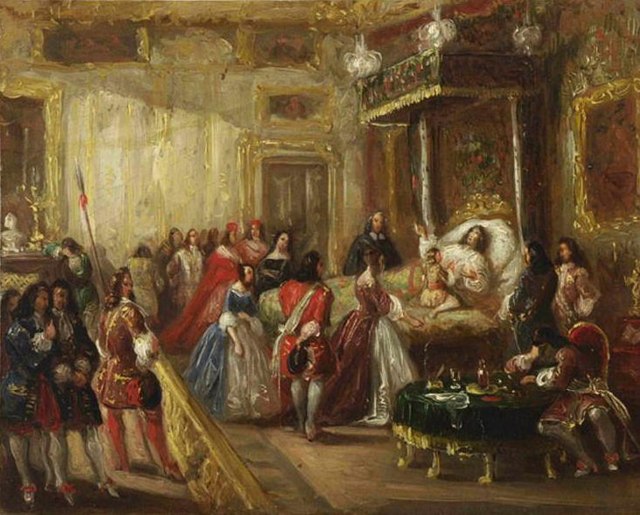
A silent farewell
Louis XIV died on September 1, 1715, at the age of 76.
After 72 years on the throne, his life—the very embodiment of absolute monarchy—ended in quietude.
In his final days, he suffered from diabetes and gangrene. He could barely walk, but never lost his regal presence.
At his deathbed stood Madame de Maintenon. Though never his official queen, she was closer to him than anyone.
No last words to her have been recorded.
Perhaps theirs was a love that always thrived in silence.
As a king, father, and man—he seemed to have accomplished everything. Yet in his final gaze, there was a distant look, not one of peace.
With his passing, a new chapter began for the French monarchy.
The One Freedom the Absolute King Could Never Claim
Looking back, his life was a tug-of-war between love and rule, power and solitude.
To love meant betraying the state. To serve the state meant giving up love.
His childhood isolation, lost first love, cold marriage, and passionate affairs—all lacked one thing: freedom.
To be king was to hold everything, yet constantly surrender what mattered most.
The words he once spoke to Marie Mancini—
“I want to make you happy. But I cannot cease being the King of France”—
capture his entire philosophy of love.
Love is, at times, harder than governance and heavier than the crown.
And if Louis had not been king…
What kind of love would he have chosen?
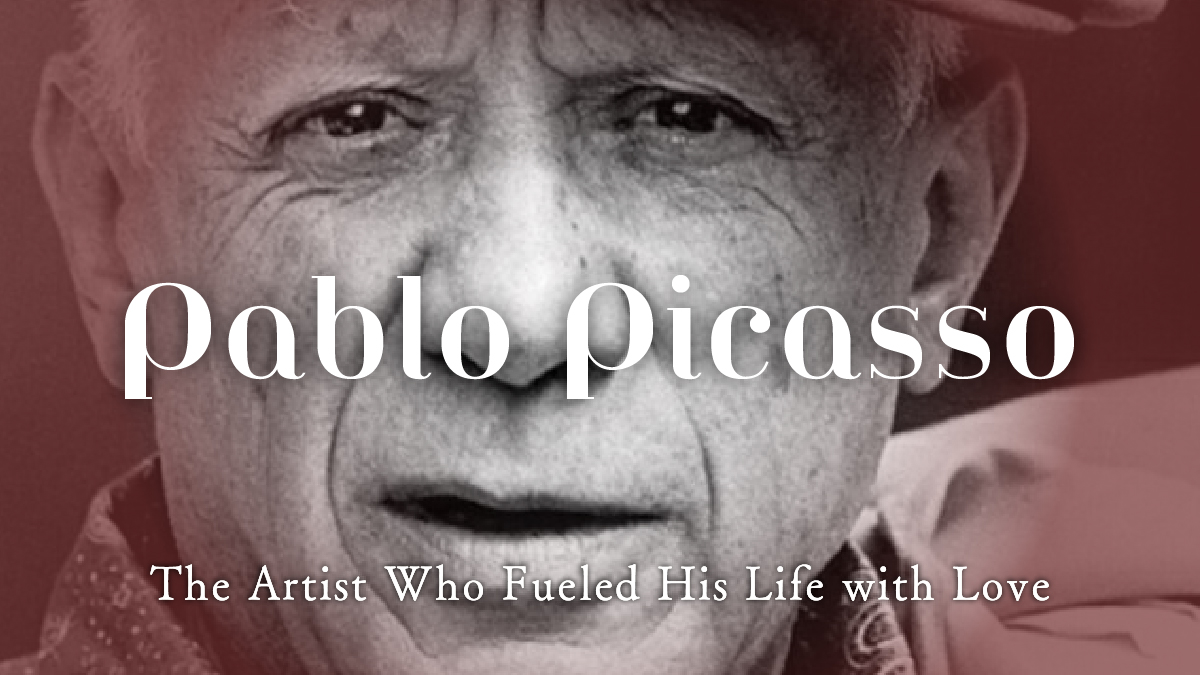
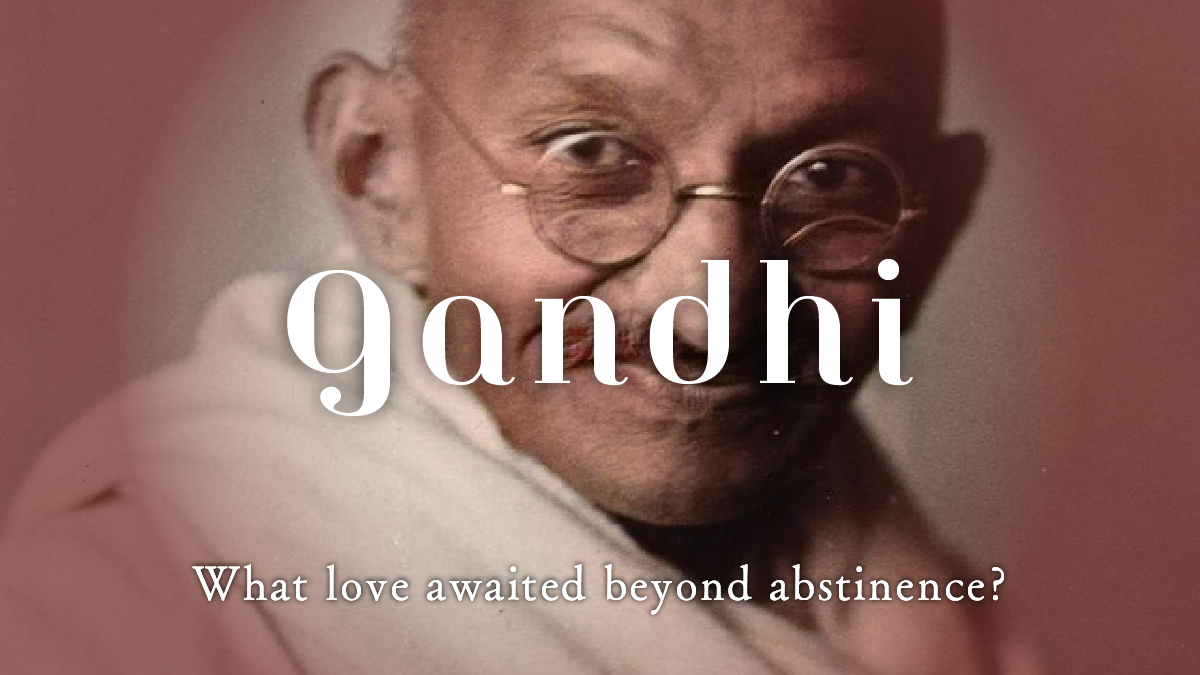
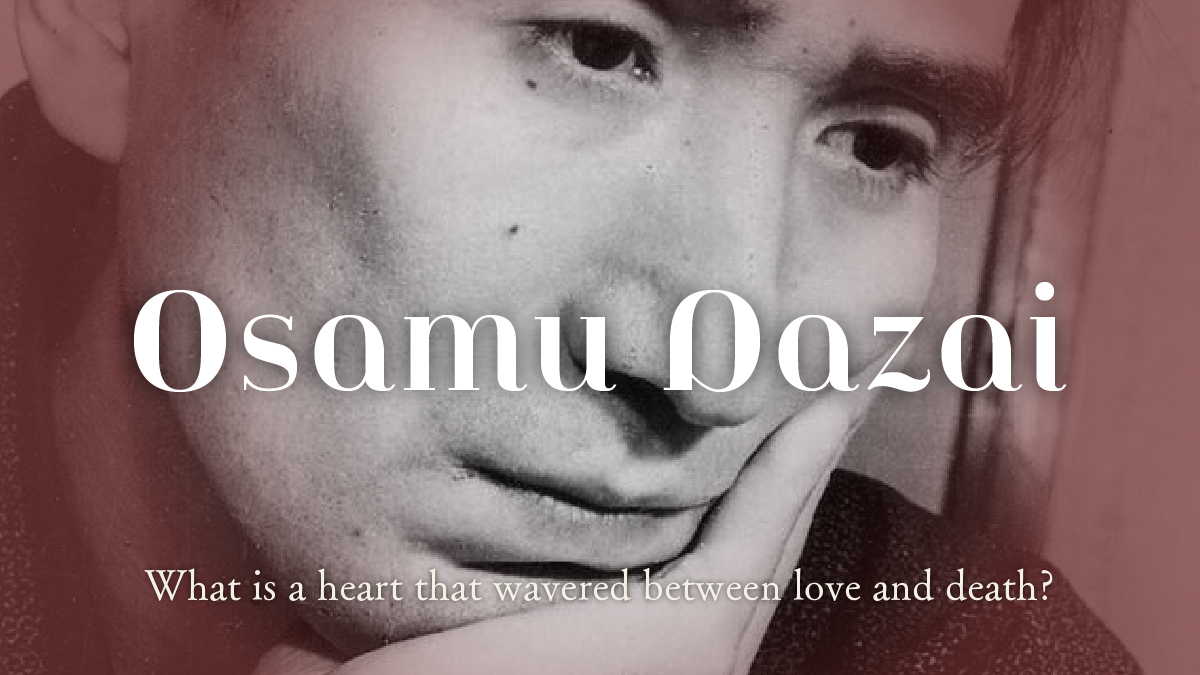
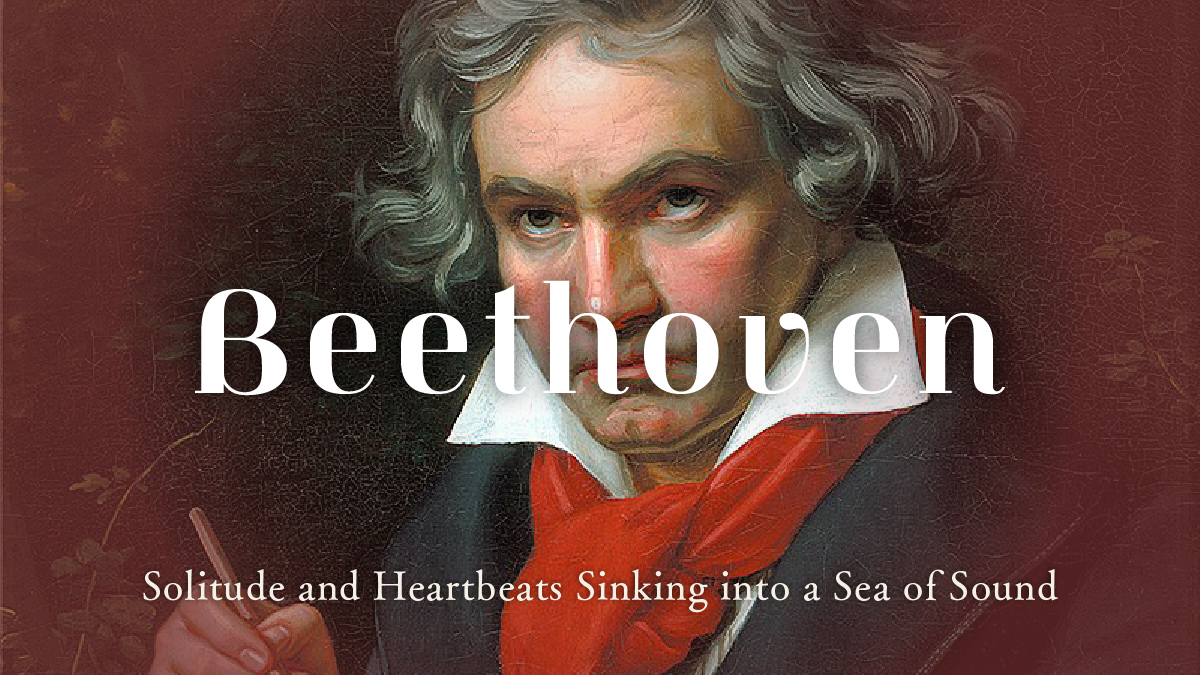
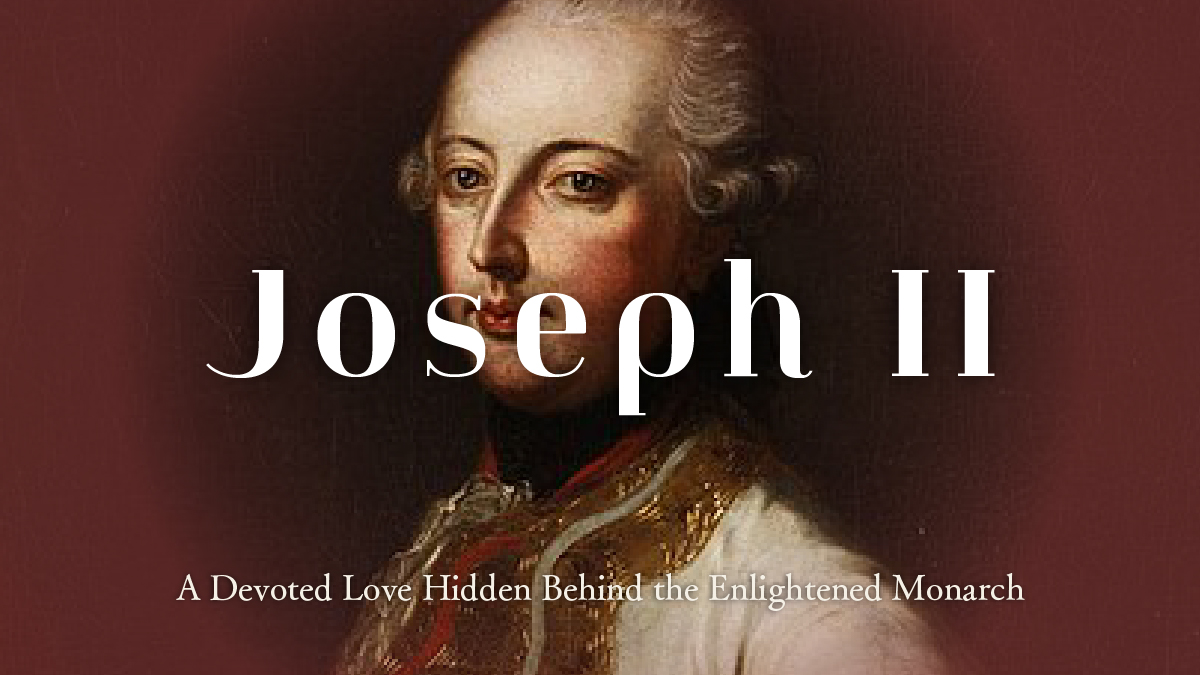
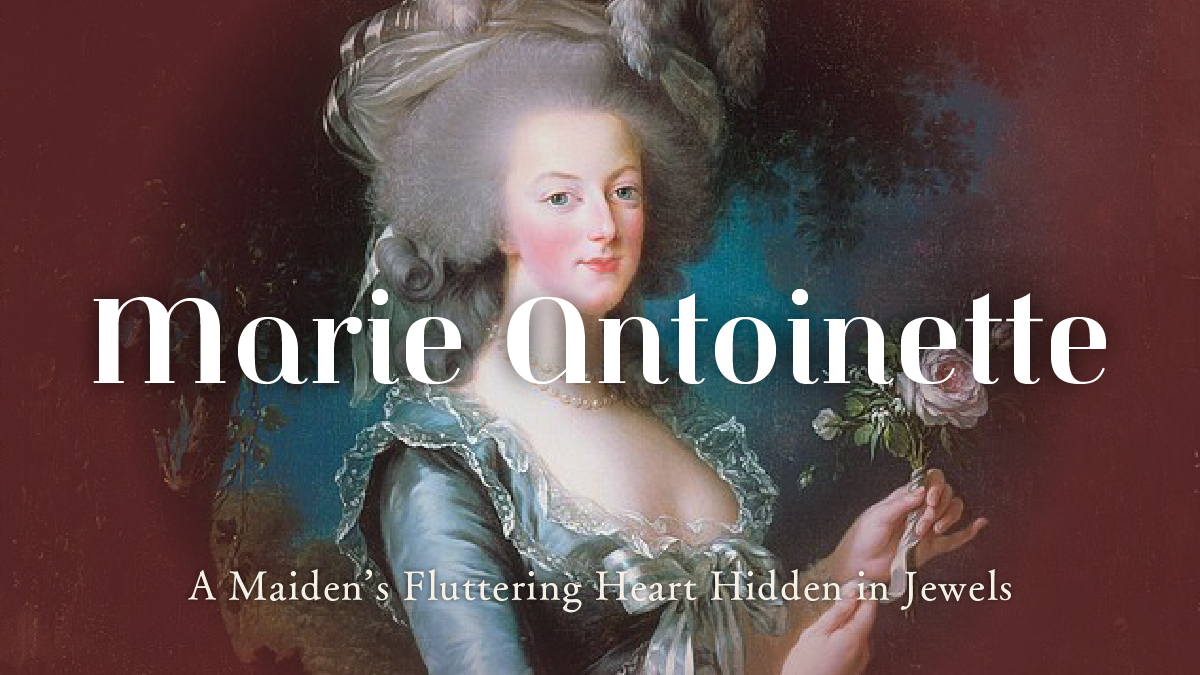

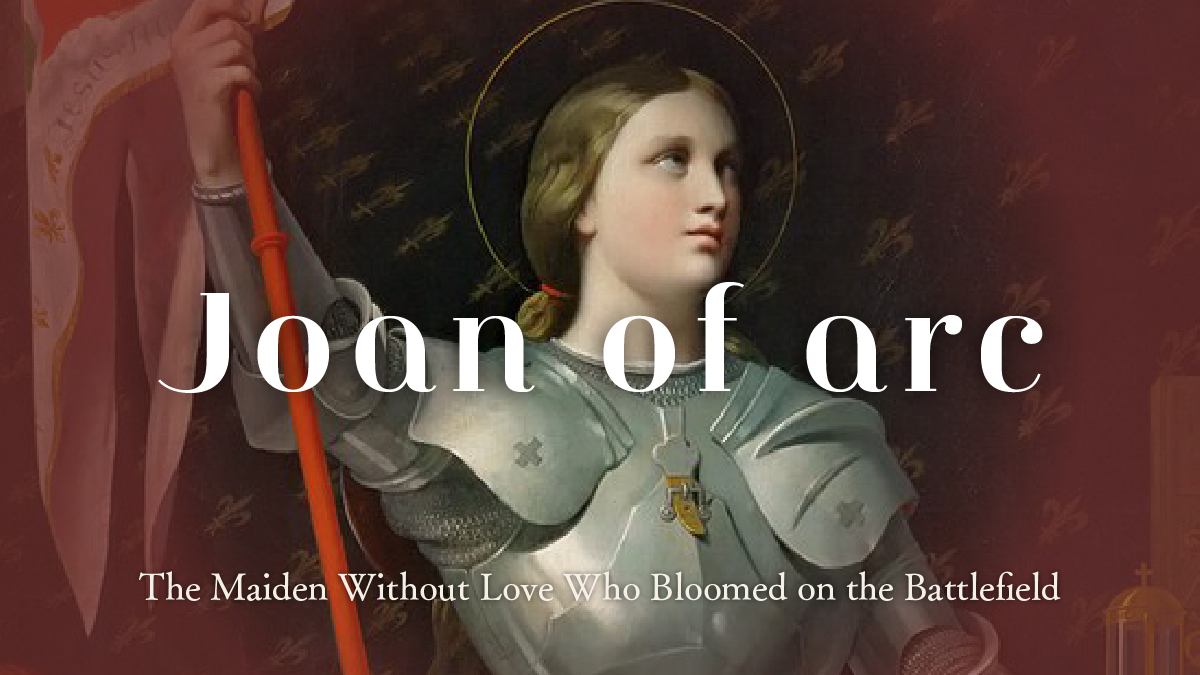
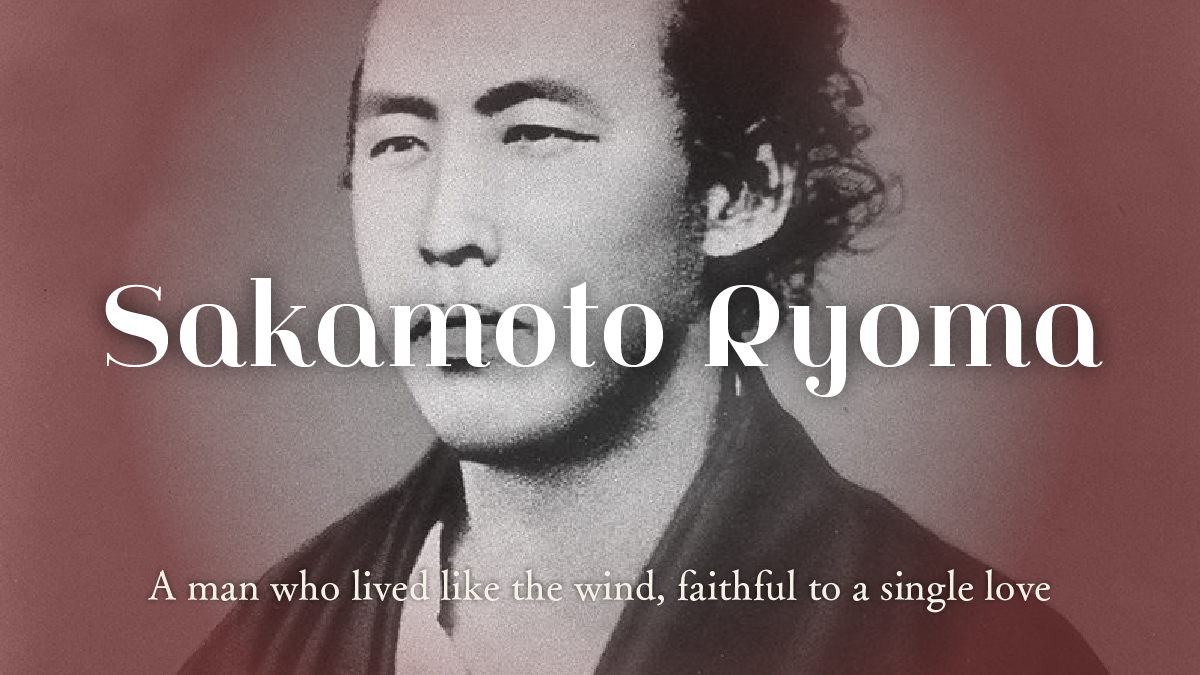
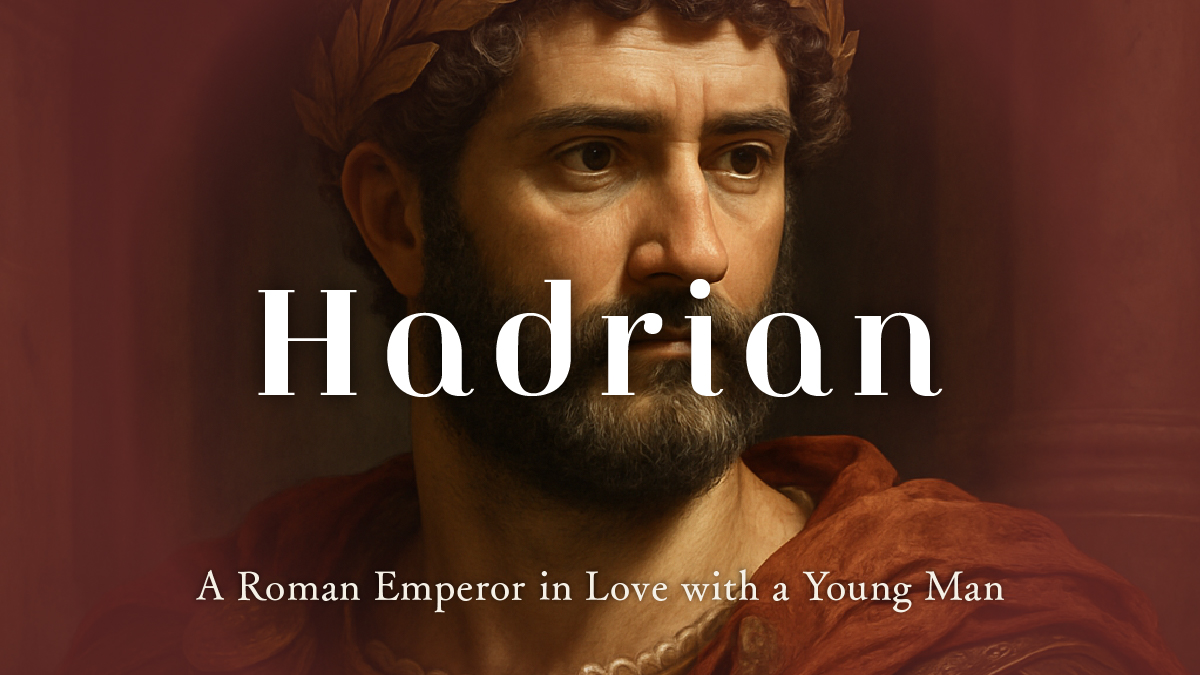

 日本語
日本語

